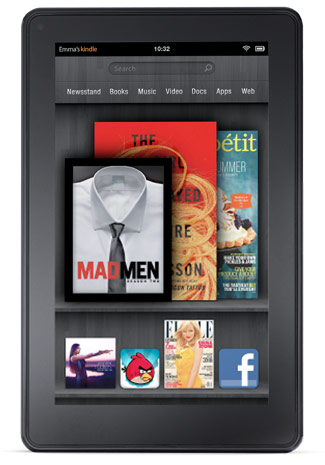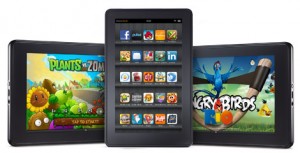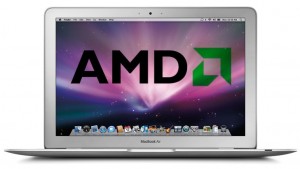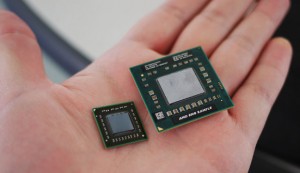Depending of the college you’re assisting, student loans are important because of the federal student aid given for them, such as Pell Grants and other financial aid. If you are the student who is eligible for federal student aid, you are eligible to receive student loans at that institution.
According to the BLS, the average amount of student loans held by college graduates in 2013 was $30,835. The average amount of student loans held by high school graduates was $7,919, and $14,400 for those with a 4-year degree.
Why Do Students Need Student Loans?
Students are often going through difficult financial times such as getting married or applying to a graduate program. Many times, a student will borrow money for both. However, you can only be charged interest on student loans while enrolled in school.
Most students take out student loans in order to pay for college costs, but there are students who choose to pay for school by taking out a loan, as well. This can work well for students who want to be financially independent later in life. This is particularly important for people who go into the workforce after graduation, as student loan repayment often means a lower income after graduation. To be a successful student, you should always seek to do as much as you can with your time. If you are a student who takes on more debt during your time as a student, this may be an indicator that you are taking on more debt than you can afford to repay. Many students end up defaulting on their loans, and this means that the interest that your loans accrue on your behalf gets paid by the federal government. The fact that your loans are defaulted can impact your ability to find a job. A common misconception is that if you default your loans, you will not be eligible for student loans from other financial institutions. This is not true. Once you have defaulted your loans, you will have a defaulted-loan record. This will stop your application to participate in certain programs, like the Federal Family Education Loan (FFEL) Program. If your loans are in deferment or forbearance, you will be allowed to continue to pay them down until they are completely paid off. This is not a free ride. If you leave an institution before they complete their repayment process, you will be unable to access the remaining balance. However, if you complete your repayment process within six years of your graduation, you will be considered to be making continuous progress toward making your student loan payments in full.
Loan consolidation is another way to consolidate your federal student loans. If your loans are consolidating with another bank, consider making sure that the consolidation company is registered with the federal government as a “servicer.” In most cases, this will require submitting your application in writing.
Avoid paying too much interest
Make sure you are not paying too much interest on your student loans before you decide to refinance.
It can be easy to feel that you’re “doing it right” when you’re getting a great deal on a home purchase or a car loan, and not having to pay the interest or fees until it is paid off. But while you’re paying the interest, you may not be able to afford to continue paying for your student loans. Do some research to find out if you are paying too much interest on your student loans.
Other Considerations If you’re thinking about refinancing student loans, look at student loan interest rates.

 Amazon announced a new family of Kindles this morning, not the least of which was a new entry point of just $79. But e-readers aside, the real news was the high end Kindle Fire that will all but kill the low end tablet makers. Premium products at non-premium prices as Jeff Bezos put it.
Amazon announced a new family of Kindles this morning, not the least of which was a new entry point of just $79. But e-readers aside, the real news was the high end Kindle Fire that will all but kill the low end tablet makers. Premium products at non-premium prices as Jeff Bezos put it.

 As the ultraportable crowd impatiently awaits the latest Apple refresh of the svelt Macbook, an interesting new rumor has popped up. Could the next Air be powered by an AMD A-Series APU and not the expected Intel iCore? Are refurbished computers from
As the ultraportable crowd impatiently awaits the latest Apple refresh of the svelt Macbook, an interesting new rumor has popped up. Could the next Air be powered by an AMD A-Series APU and not the expected Intel iCore? Are refurbished computers from 